For more on Casey’s interview with Clara Parkes, you can visit her blog post here.
Our sponsor this week is Ott Lite! Click through for more info. This lamp is part of the Wellness Series.
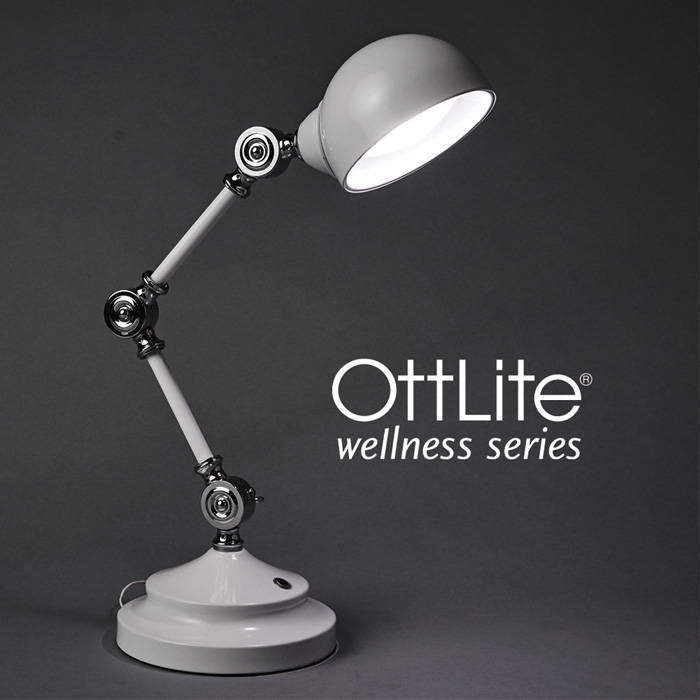
Casey’s interview is with Clara Parkes, her new book is A Stash of One’s Own. She also founded and writes Knitter’s Review.
Other things we talk about in this episode:
Lavishea Lotion Bar
Bar-Maids LoLo Bar
Fast needles – Knitter’s Pride Platinas and Addi Turbos

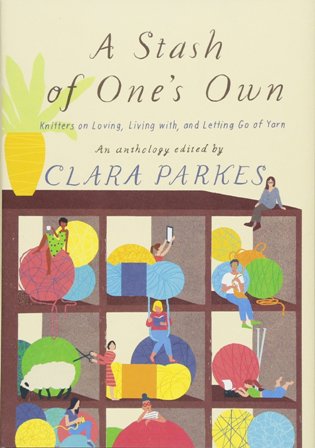
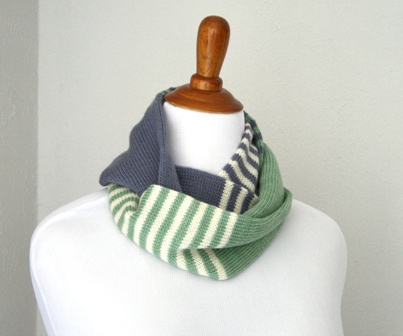
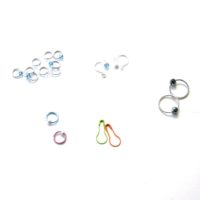
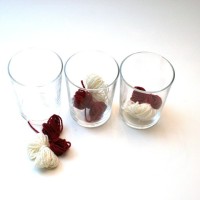
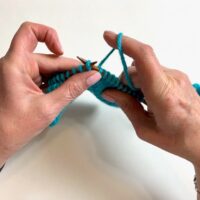
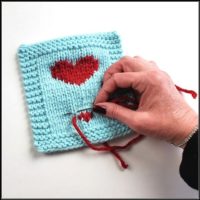
Every time I need to get my head around casting on dpns, I watch your video and I just discovered your podcasts! As my daughter would say “#blessed! ” Please tell me what is the difference between a process knitter and a project knitter? Is a process knitter just knitting for something to do with one’s hands? I read about a lady who starts a baby blanket every time there is a new baby in her family and then abandons it and the next time a new baby is expected, she digs out that project, rips out the work and starts again. Is that a process knitter? Also I love watching your hands whilst you knit! You have beautiful technique and economy of effort.
Many thanks and best regards,
Jen in Wisconsin
Thanks, Jen! We talk about project vs. process knitters in Episode 2 of the podcast:
https://verypink.com/2016/07/06/episode-2-project-vs-process-knitters/
Basically, a project knitter is focused on the end product, and a process knitter enjoys the knitting journey. I’m a process knitter, Casey is a project knitter.
S t a c i
Re: getting faster at knitting contintental
I recently had a thought, and found an online metronome, and used it to see what my stitches-per-minute, or SPM was. It was about 60spm. Then I looked up songs by BPM, or beats-per-minute. Here’s me stitching along with 60bpm songs from Daft Punk and the Beatles:
https://www.instagram.com/p/BsSIE2yl1we/
Now here’s the fun part–look up songs that are a few BPM faster than your comfortable knitting speed, and try to keep up with them. You can make playlists of songs at your speed, and just keep knitting along with them. Even the songs that match your SPM cause me to think differently. It makes my hands feel energized, like they’re eagerly searching for efficiencies. I kept messing up at first (and in those vide0s; granted, it’s a splitty yarn), but I could feel myself getting smoother, forced by the music to adapt, and I think I could keep cranking up the BPMs slowly over time, and suddenly find myself a much more fluid, efficient, speedy knitter. I’m thinking of doing sessions throughout the year, to see if there’s anything to it.
Brilliant!
Believe it or not, Australia is divided into states! Western Australia is like the entire West side of Australia (seriously like 1/3 of the country) but it is one of the states. I live in Southern Australia (though I’m from the US). Then there is Victoria, Queensland, New South Wales, Northern Territory (which is different from the states but I’m not sure exactly how) and Tasmania. Oh, and their capital, Canberra, is like Washington DC. It would be nice if I hadn’t had an athletic coach for world georgraphy and I might have known that before we moved here. LOL
Really enjoyed this podcast, especially learning about Clara Parkes’ book, “A Stash of One’s Own”. I promptly went to my online library to check it out. Thanks for your thoughtful, thorough responses to questions. I always come away from your podcast with a new awareness(es).
Staci/Casey,
Just recently saw your “log cabin tutorial” and it inspired me. It also brought to mind “picking up stitches” which has been a challenge to me!
Please, please, please make a “slow-motion” video for visual learners so that we can really see how to do this, maybe with voice instructions, too!!!! Can’t move forward with my knitting knowledge without your help! Barbara from Memphis
Hi Barbara – funny you should ask, that video is already on it’s way. 🙂 Slo-mo picking up stitches, set for release on March 13, 2019.
S t a c i
P.S. Loved the podcast “A Stash of one’s Own.”
Laura is correct, Australia is divided into six states and two territories. Western Australia does take up a third of the country, South Australia and the Northern Territory are know as Central Australia and Victoria, New South Wales and Queensland are the Eastern States. Tasmania (an island) sits below Victoria and Canberra (territory and capital) is a small part of New South Wales. Most of the population lives in the eastern states.
A territory is just an state that doesn’t have the population to collect tax to support itself and relies on Federal money.